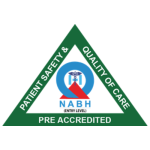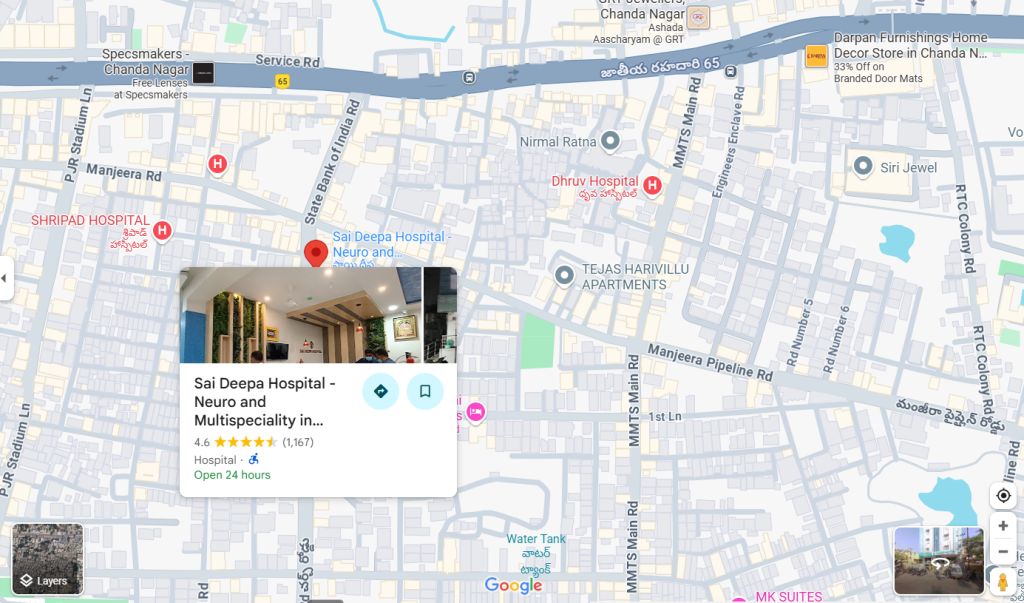What Is Burns Unit
- Home
- What Is Burns Unit
Burns Unit
Burn injuries can be among the most painful and life-threatening medical emergencies. Whether caused by fire, chemicals, hot liquids, electricity, or radiation, burns demand immediate and expert attention. A burns unit provides that specialized environment where patients receive advanced, multidisciplinary care aimed not only at saving lives but also at restoring quality of life.
Book Free Appointment
1L+
Happy Customers
25+
Qualified Doctors
50
Rooms
5000+
Successful Surgeries
Free
Consultation
24/7 Ambulance
Facility
Insurance
Claim Support
What Is a Burns Unit?
A burns unit is a dedicated hospital department equipped to manage minor to severe burn injuries. Unlike general wards, these units have highly controlled environments to prevent infection, as burn wounds make patients vulnerable to bacteria. Specialized medical professionals, including plastic surgeons, anesthesiologists, nurses, physiotherapists, and psychologists, collaborate to provide holistic care.
The primary goal of a burns unit is not only to stabilize patients but also to support healing, reduce complications, and improve long-term outcomes.

Dr. Sasidhara Roa A
MBBS, MS
5000+ Successful Surgeries
11+ Years of experience
Dr. Sasidhara Rao A. is an experienced General and Laparoscopic Surgeon at Sree Sai Deepa Hospitals, Chandanagar, with over 11 years of expertise and 5000+ successful surgeries. He specializes in laparoscopic, laser, and microscopic surgeries, treating conditions like piles, fissures, varicose veins, and gallbladder issues.
Doctor’s Fellowships:
Fellowship - International Society of Coloproctology
Fellowship in Intimate Health
Fellowship in Diagnostic Endoscopy
Importance of a Dedicated Burns Unit
Burn injuries require immediate and precise management. A small delay or inadequate treatment can lead to severe infections, organ failure, or long-term disability. Here’s why a burns unit is vital:
Infection Control: The sterile environment minimizes the risk of infection.
Specialized Equipment: Advanced wound dressings, fluid resuscitation tools, and ventilators are available.
Multidisciplinary Approach: Surgeons, critical care specialists, nutritionists, and therapists work together for comprehensive recovery.
Rehabilitation Support: Beyond survival, burns units emphasize physiotherapy, counseling, and reconstructive surgeries to restore function and confidence.
Levels of Burn Injury Treated
A burns unit treats a wide range of burn injuries, from superficial to complex cases:
First-Degree Burns – Affect only the outer layer of skin, causing redness and mild pain.
Second-Degree Burns – Damage deeper skin layers, leading to blisters and swelling.
Third-Degree Burns – Destroy all skin layers and possibly underlying tissues, requiring surgical intervention.
Fourth-Degree Burns – Extend into muscles and bones, often life-threatening and needing advanced critical care.
Get your surgery cost
Key Facilities in a Burns Unit
Modern burns units are designed with precision and patient safety in mind. Some of the essential facilities include:
Isolation Rooms: To prevent infections.
Intensive Care Beds: For patients with life-threatening burns and respiratory issues.
Hydrotherapy Units: Used for cleaning and treating burn wounds.
Operating Theatres: Equipped for skin grafts and reconstructive surgeries.
Rehabilitation Areas: For physiotherapy and occupational therapy.
Counseling and Support Rooms: For psychological healing.
Treatment Approach in a Burns Unit
Burn management involves a step-by-step process tailored to each patient’s condition:
1. Emergency Care
Assessment of the extent of burns using tools like the “Rule of Nines.”
Stabilizing airway, breathing, and circulation.
Immediate fluid resuscitation to prevent shock.
2. Wound Management
Regular cleaning and sterile dressings.
Use of antimicrobial ointments to reduce infections.
Application of advanced dressings such as silver-impregnated sheets.
3. Surgical Intervention
Skin Grafting: Transplanting healthy skin from another part of the body.
Debridement: Removal of dead tissue to encourage healing.
Reconstructive Surgery: Restoring function and appearance after severe burns.
4. Pain Management
Pain control is a cornerstone of burn care, involving medications, sedation, and sometimes nerve blocks.
5. Rehabilitation
Physiotherapy: Prevents stiffness and improves mobility.
Occupational Therapy: Helps patients regain daily life functions.
Psychological Support: Assists patients in coping with trauma, anxiety, and depression.
Accreditations

Saideepaneurocare Hospitals is NABH certified, a mark of excellence in patient safety and care. We follow stringent healthcare protocols and maintain world-class hygiene standards.

We are ISO 9001 certified, ensuring the highest standards in quality management and patient care. This certification reflects our commitment to efficient processes and continuous improvement in healthcare services.
Role of Nutrition in Burn Recovery
Burn patients have increased metabolic demands. Nutrition plays a vital role in wound healing and recovery. Dietitians in a burns unit design meal plans rich in proteins, vitamins, and calories to speed up tissue repair and immune function.
Psychological Support in a Burns Unit
Survivors of burn injuries often struggle with trauma, body image issues, and emotional distress. Trained counselors and psychologists provide therapy sessions that help patients regain confidence, overcome depression, and reintegrate into society.
Advanced Technology in Burns Care
State-of-the-art burns units use modern technologies to enhance outcomes:
Laser Therapy: Reduces scar tissue and improves skin texture.
Artificial Skin Substitutes: Aid in wound closure when grafting isn’t possible.
Telemedicine: Enables follow-up consultations and continuous monitoring.
Why Choose a Hospital with a Burns Unit?
Choosing a hospital with a specialized burns unit ensures patients receive comprehensive, life-saving care. General wards may not provide the sterile conditions, equipment, or expertise needed to manage complex burns. Families gain peace of mind knowing their loved ones are in a facility that focuses exclusively on burn treatment and recovery.
Preventing Burn Injuries
While burns units save countless lives, prevention remains the best protection. Some simple yet effective safety tips include:
Keep hot liquids and chemicals out of children’s reach.
Install smoke detectors at home.
Use protective gear when handling fire, chemicals, or electrical devices.
Educate family members on fire safety and first aid for burns.
Sai Deepa Hospital - Neuro and Multispeciality
Plot no 387, Church road, Huda colony, Chanda Nagar, Hyderabad – 500050
Conclusion
A burns unit plays a crucial role in saving lives and restoring hope for patients suffering from burn injuries. From emergency resuscitation to long-term rehabilitation, these specialized facilities combine advanced technology, medical expertise, and emotional support to ensure holistic recovery.
Burn injuries may leave scars, but with timely treatment and compassionate care from a dedicated burns unit, patients can rebuild their lives with confidence and dignity.


